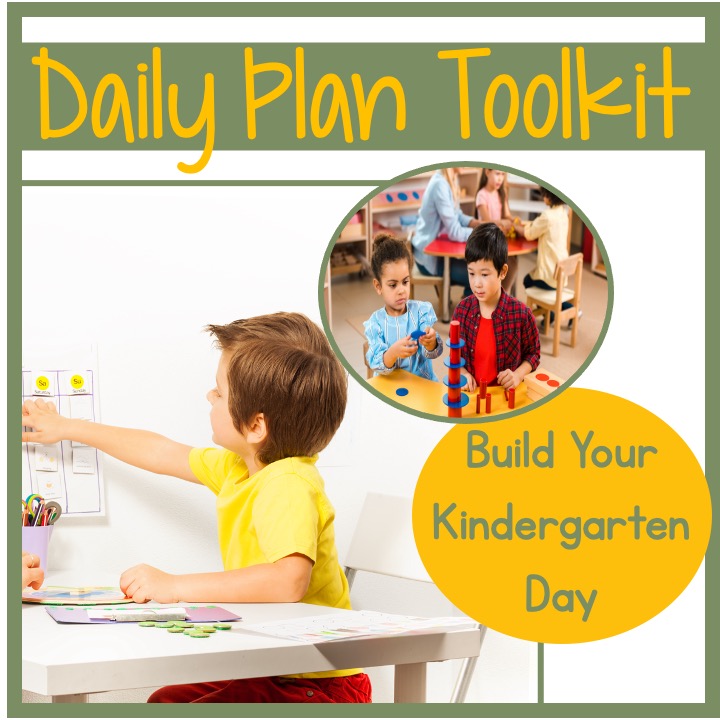
Flow of the Day vs. the Daily Schedule
Daily Schedule
![]() The word “schedule,” means to plan an event to take place at a particular time. In the classroom, a schedule is usually displayed in a linear format and lists the subject areas in the order in which they will be taught. There are usually many subjects with specific time constraints for each area. It is highly segmented, time bound, and often restrictive.
The word “schedule,” means to plan an event to take place at a particular time. In the classroom, a schedule is usually displayed in a linear format and lists the subject areas in the order in which they will be taught. There are usually many subjects with specific time constraints for each area. It is highly segmented, time bound, and often restrictive.

 Flow of the Day
Flow of the Day
Alternatively, the word “flow” means to move in a steady, continuous stream. Teachers who use a “flow of the day,” still define specific contexts for learning (i.e. reflection time, centers, etc.) but break their day into larger chunks of time with less transitions.

These timetables are often displayed in a horizontal format, and while there is still a plan for the day, it is more fluid and flexible. If children are in the “flow” of a project, they are allowed to continue while interest and engagement is still very high. This is thought to be more developmentally appropriate for younger children who don’t often transition easily.
Reimagining the Kindergarten Schedule
After encountering this new approach to structuring time in kindergarten, I began to think about what my own timetable might look like. I teach in a public school, not a Reggio-Inspired school, so many aspects of my time are dictated to me.
To sort this out, I took out my schedule cards and began to rearrange them.

As I looked at the cards, I could see how choppy my current day was and began to wonder how I might change that. I began to envision a day with larger chunks of time, consisting of four main blocks: reading workshop, writing workshop, math workshop, and discovery workshop.
Our “flow of the day,” would include all four blocks (reading and writing in the morning, math and discovery in the afternoon), with flexible contexts for learning contained within each. For example, on any given day, reading workshop might include word work, mini lessons, shared reading, book boxes, story making and more, but these experiences would be folded into this larger block of time, rather than being separate and time bound.
A huge advantage to this was that I could carefully select the reading experiences most needed by my kiddos at any given time, rather than choosing a rigid, set in stone “schedule” at the beginning of the year. This would free me from saying things like, “There’s just no time in the schedule for shared reading.” or “I’m not doing partner reading this year because I just can’t fit it in.”
Giving it a New Name
So what might I call this new timetable?
Does your timetable need an overhaul too? No matter what you choose to call it, try reimagining your time so that it more closely aligns with what you believe about children and learning.
And here’s a FREE Daily Plan Toolkit you can use to get you started. Don’t be afraid to think outside those “schedule blocks,” to envision a kindergarten day that flows more smoothly.



 Making a Flexible First Day Plan for Kindergarten
Making a Flexible First Day Plan for Kindergarten 7 Kindergarten Morning Work Choices for a Soft Start
7 Kindergarten Morning Work Choices for a Soft Start First Days of Kindergarten: Launching Learning Blocks
First Days of Kindergarten: Launching Learning Blocks Curious Classroom Book Study: Begin the Day with Soft Starts
Curious Classroom Book Study: Begin the Day with Soft Starts